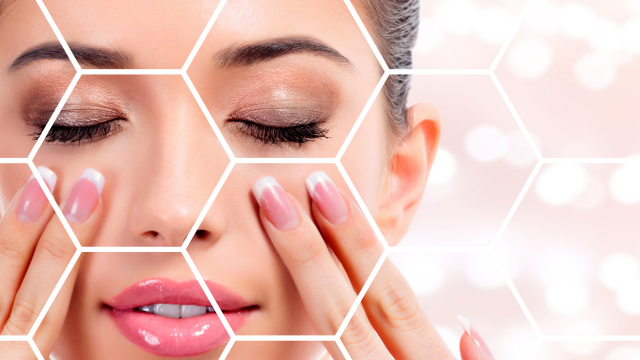
Botox is an aesthetic application used for the elimination of prominent lines and wrinkles on the face.
Botox is an aesthetic application used for the elimination of prominent lines and wrinkles on the face. Botox is a substance that softens lines. Botox is most commonly applied to the eyelids, forehead, nose-upper lip lines, and frontalis muscles.
Botox treatment is usually performed using local anesthesia or a mild pain reliever, and it is completed in a short time. The treatment results are seen within a few days and usually last for 3-6 months. After Botox, you are immediately free to return to your daily activities or work.
Side effects of Botox treatment can usually be temporary and mild, and may be seen as temporary side effects such as headache, redness, or swelling. After Botox treatment, it should be followed by a specialist doctor and it is recommended to consult the doctor immediately if any side effects are seen.
Upper-face botox applications
Botox applications are also effective for other parts of the face. Areas such as bruises and bags under the eyelids, vertical wrinkles in the smile lines, and transverse wrinkles between the forehead and nose can be smoothed with Botox. After Botox, wrinkles are reduced and the youthful appearance of the face is preserved. Botox can also help define the shape of the chin and lips. It is unlikely that you will feel any pain or ache after the Botox application, and the application usually takes a few minutes. However, significant swelling or bruising can be seen immediately after application. These effects usually disappear within a few days.
The long-term results of Botox treatments usually last for 3-6 months and it can be reapplied again as long as needed after the treatment. Botox applications can help in improving the appearance of the face in the long term and make the person look younger and more vigorous.
Botox applications in the middle of the face
The lower part of the face is the most wrinkled area, and the Botox applications made here are for rejuvenating the face and making it more aesthetic. The most commonly used muscles in this region are the mentalis, masseter, and platysma muscles. The mentalis muscle is responsible for the transverse wrinkles around the lips, and the Botox application makes the lips look fuller. The masseter muscle is the muscle that causes the cheeks to swell and when stressed it causes problems such as bruxism (persistent tooth decay). The platysma muscle is responsible for wrinkles between the neck and chin. Botox application removes these wrinkles and makes the neck aesthetics smooth.
Again, the dimple (notch) appearance that occurs during smiling on the lower face can also be treated with Botox. For this, Botox is applied to the prominent points of the platysma muscle and in this way, the dimple appearance is eliminated.
Botox applications to the lower part of the face
Botox applications can help reduce wrinkles in the face area and gain a younger appearance. These applications are generally done to treat wrinkles on the chin, cheeks, and around the eyes. Botox reduces the depth of wrinkles by blocking the movement of the muscles. However, it is very important to inject the right amount into the right areas during these applications, otherwise, facial expression deterioration and speech problems may occur.
Hyaluronic acid fillers can be done together with botox treatment and provide better results. These fillers can help you to gain a more youthful appearance by giving softness and smoothness to the face that overshadows wrinkles.
Likewise, botox applications can also treat problems such as the masseter muscle becoming too prominent and making the chin appear wide. By reducing the volume of this muscle, the face can be provided with an oval and beautiful appearance.
As a result, botox applications are a very effective treatment for reducing wrinkles in the face area and gaining a more youthful appearance. However, these applications must be made in the right amount and the right areas, otherwise, undesirable results may occur.
Excessive Sweating Botox Treatment (Botox for Sweating)
The problem of excessive sweating is caused by the overworking of the human body’s natural sweating process. Botox is an injection therapy used to treat excessive sweating effectively. Botox reduces the amount of sweating by blocking the excessive work of the sweating glands. Botox is an option with a high success rate in the treatment of excessive sweating, and many people have gotten rid of this problem thanks to this treatment.
Botox treatment is usually completed within 15-20 minutes; its results can take up to 3-6 months. The effect of the treatment may wear off and repeat injections may be required again. The treatment of excessive sweating may vary depending on the amount of Botox to be applied, the sweating status of the patient, and his personal needs.
Botox treatment has a different effect for each patient, so doctors determine the best treatment option, taking into account the patient’s situation and the severity of the sweating problem. Excessive sweating is an embarrassing condition for people who suffer from it and this problem can be treated with Botox. With Botox treatment, you can get rid of the problem of excessive sweating and you can have a more comfortable life.

